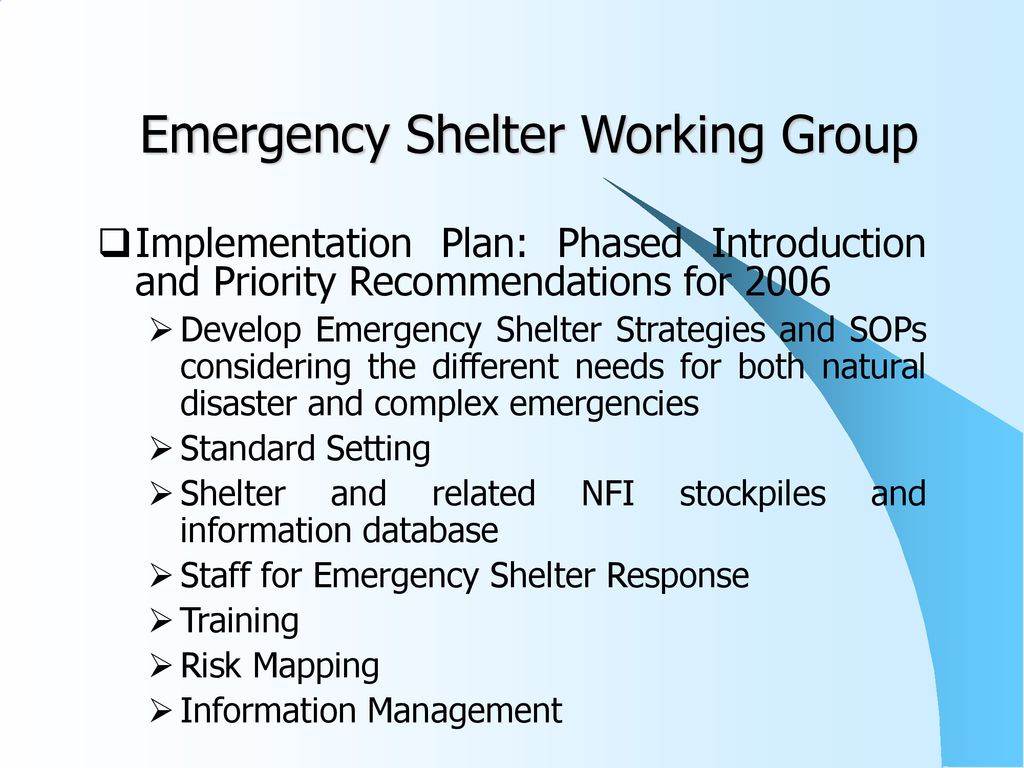Enabling Shelter Strategies: Design and Implementation Guide for Policymakers

The document titled “Enabling Shelter Strategies: Design and Implementation Guide for Policymakers” serves as a comprehensive resource aimed at guiding policymakers in the development and execution of effective shelter strategies. It emphasizes the necessity of transitioning from traditional housing provision models to enabling frameworks that foster affordable housing solutions.
Introduction to Enabling Shelter Strategies
Enabling shelter strategies represent a paradigm shift in the role of government from being a direct provider of housing to acting as an enabler. This approach recognizes the need for collaboration among various stakeholders, including government entities, private sector developers, and communities, to create sustainable and affordable housing options. The guide outlines the principles and methodologies essential for implementing these strategies effectively.
Key Principles
The document identifies several core principles that underpin enabling shelter strategies:
- Inclusivity: Policies should be designed to include marginalized groups, ensuring that all segments of society have access to adequate housing.
- Sustainability: Housing solutions must consider environmental impacts and promote sustainable practices in construction and urban planning.
- Flexibility: Strategies should be adaptable to changing circumstances, including economic conditions and demographic shifts.
- Community Participation: Engaging local communities in the planning process is crucial for developing housing solutions that meet their specific needs.
Framework for Implementation
The guide provides a structured framework for policymakers to design and implement enabling shelter strategies:
1. Assessment of Housing Needs
Policymakers are encouraged to conduct thorough assessments of local housing needs. This involves gathering data on demographics, income levels, and existing housing conditions to identify gaps in the market.
2. Stakeholder Engagement
Effective collaboration among stakeholders is vital. The guide emphasizes the importance of involving community members, civil society organizations, and private developers in the planning process to ensure diverse perspectives are considered.
3. Policy Development
Based on the assessment and stakeholder input, policymakers should develop clear policies that outline objectives, target populations, and implementation mechanisms. These policies should also establish a regulatory framework that supports affordable housing development.
4. Financing Mechanisms
The document discusses various financing options available for enabling shelter strategies, including public funding, private investment, and innovative financing models such as social impact bonds. Policymakers are urged to explore diverse funding sources to support housing initiatives.
5. Monitoring and Evaluation
Establishing mechanisms for monitoring and evaluating the effectiveness of implemented strategies is crucial. This allows for adjustments based on performance metrics and feedback from stakeholders.
Case Studies
The guide includes several case studies from different countries that have successfully implemented enabling shelter strategies. These examples illustrate how diverse approaches can be tailored to specific contexts while achieving positive outcomes in affordable housing delivery.
Challenges and Solutions
While enabling shelter strategies offer promising pathways for addressing housing shortages, the document acknowledges potential challenges:
- Political Will: Gaining commitment from political leaders is essential for sustaining long-term housing initiatives.
- Capacity Building: Local governments may require training and resources to effectively implement enabling strategies.
- Market Constraints: Economic fluctuations can impact the availability of financing and affect housing affordability.
To overcome these challenges, the guide suggests fostering partnerships between public institutions and private entities, enhancing capacity-building programs, and advocating for supportive policies at all levels of government.
Conclusion
The “Enabling Shelter Strategies” guide serves as a vital tool for policymakers seeking to create inclusive and sustainable housing solutions. By shifting the focus from direct provision to enabling frameworks, governments can better address the complexities of affordable housing delivery in their communities. Ultimately, successful implementation of these strategies depends on collaboration among all stakeholders, continuous evaluation of outcomes, and a commitment to adopting policies based on evolving needs. The guide reinforces that through strategic planning and community engagement, it is possible to create environments where everyone has access to safe and affordable shelter.
![[VIDEO] Sustainability in Shelter Design - Cabin Obsession](https://cabinobsession.com/wp-content/uploads/2016/07/3.png)
Further reading:
Enabling Shelter Strategies – UN-Habitat unhabitat
